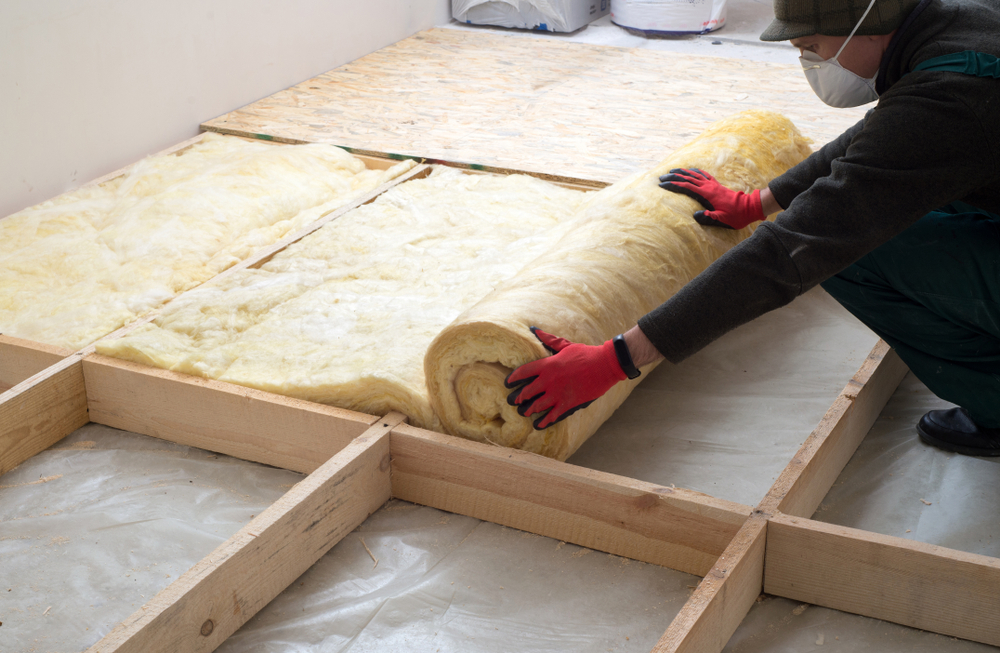
Insulation is critical in helping your home retain heat in the winter and air-conditioned air in the summer. If it was poorly installed or is deteriorating or damaged, it no longer protects your home from fluctuating weather and pest infestations. When this happens, you need to call your local insulation contractors for an update.
Now, you must decide when to schedule your installation. If you delay too long, you may spend more on your utility bills. So when is your best time to install new insulation? If you have no insulation or it has significant damage, the answer is now. Otherwise, you may be able to wait until spring or fall.
Signs Your Insulation Needs to Be Replaced
Inspecting your insulation for damage should be left up to professionals, but you can be aware of some signs that your home’s insulation is due for an upgrade. Those signs include:
- Higher than usual energy bills
- Your home’s age
- Evidence or history of pest infestation
- Water damage
- A draft coming from somewhere other than a window or door
Replacing old or damaged insulation will help regulate the temperature in your home, keeping your family more comfortable throughout the year. But when should you head to your favorite search engine and find “insulation installers near me?”
Moderate Temperatures Make It More Comfortable for Insulation Contractors
The spring and fall provide milder temperatures, so you don’t have to run your HVAC system as much. Your insulation contractors can complete a thorough inspection, estimate, and installation before the winter or summer weather sets in.
When you schedule your installation in the spring or fall, your home becomes adequately insulated before the peak low and high temperatures. You’ll soon see noticeable savings from your newly installed insulation.
Easier Installation Process
Although it may not seem challenging, correctly installing insulation requires precision and labor-intensive work. Installers often are faced with obstacles to climb over in an attic or crawl through small spaces. Scheduling your installation during more favorable temperatures makes it easier for the contractors to get the job done.
Many times, insulation installers are not as busy during the milder seasons. People aren’t thinking ahead about how energy efficient their home is. As a result, you may find a more convenient appointment time that fits your schedule rather than squeezing it in where you can.
When the demand for insulation services is low, some companies may run specials during downtimes. The cost of materials remains relatively consistent year-round, but your local installers may lower the costs based on demand.
Drier Air Helps Prevent Trapped Moisture
Moderate temperatures are not only more comfortable for installation work, but they also bring drier air. A moisture-free environment is crucial to the success of the installation. When the air is moist during installation, the moisture can become trapped as each new layer gets placed. Your insulation becomes less effective and could eventually develop mold and mildew.
Where to Install Insulation
An attic is a significant source of energy loss in homes, and the quality and efficacy of your insulation are vital to keeping that loss to a minimum. It can be worthwhile to install more insulation to your attic, even if your existing insulation is in good shape.
For the most significant energy savings, it is ideal to have one foot or more of insulation spread evenly across the floor. However, your local insulation company can determine specifics and make sure you get the best solution.
If your home needs an insulation upgrade, search for “insulation installation near me” to find a professional to help you with your insulation project.

